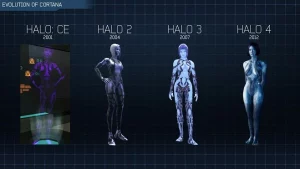
We’ve observed a disproportionate number of early industrial food-making robots focusing on pizza. This, I’ve long believed, is due to two factors. First and foremost, people enjoy pizza. We consume a lot of it. Every year, three billion pizzas are consumed in the United States alone. Second, it’s not difficult to make. The dough serves as a simple foundation for the addition of the contents.
I say “reasonably” since there are still a few issues to work out. When it comes to constructing robots that can perform multiple variations of a task on a wide scale, there is no such thing as easy. It’s the dough that’s causing the issue here. Turning a soft and flexible ball of dough into a pizza crust is one of those tasks that humans have mastered, but it remains a challenge for robot employees.
A group of scientists from MIT, CMU, and UC San Diego set out to develop “complex dough manipulation.” The system is separated into a two-step process, in which the robot must first determine the task and then execute it using a tool like a rolling pin. The system, DiffSkill, involves teaching robots complex tasks in simulations.
Each step the robot must take to complete the objective is solved by a “teacher” algorithm. Then it trains a “student” machine-learning model, which learns abstract ideas about when and how to do each skill it requires during the activity, such as rolling a pin. With this information, the system determines how to execute the talents in order to fulfill the task.
The system beat others who were trained using a more typical reinforcement learning paradigm, according to the researchers. “Our architecture offers robots a fresh method to learn new abilities.” “These talents can then be connected to solve more difficult tasks that earlier robot systems couldn’t do,” explains Yunzhu Li, a CSAIL graduate student.
Because this is robotics, the pizza issue is really a prelude to a system meant to handle far more complex jobs. The company sees the developing field of eldercare robotics as a potential use in the future.





